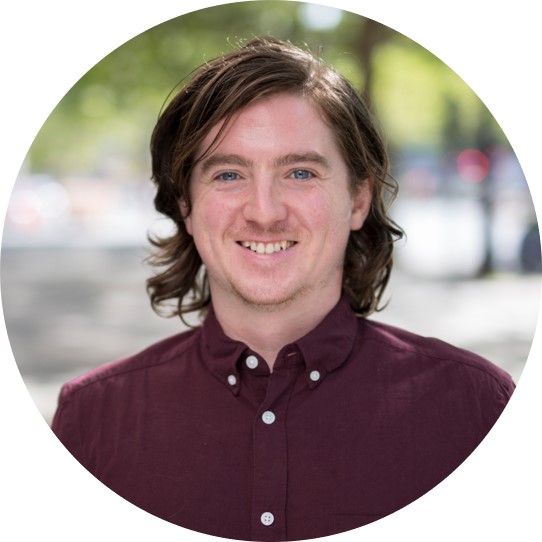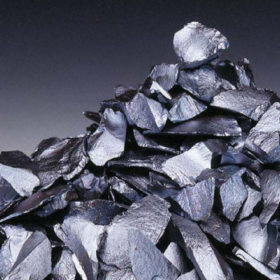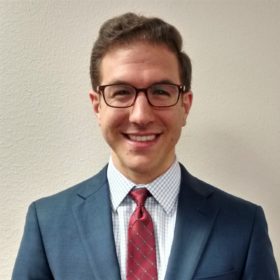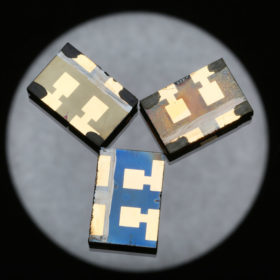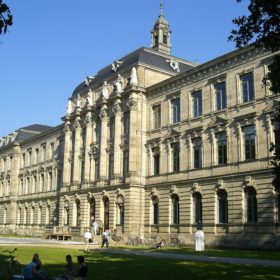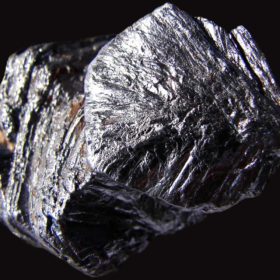Daqo New Energy lowers Q2 forecast
Chinese polysilicon giant Daqo New Energy has revised down its guidance for both polysilicon and wafer sales in the second quarter of 2018. The company states, however, that it remains confident in long-term prospects for the solar industry; and is proceeding as planned with capacity expansions.
Module prices continue to fall
The latest reports from analysts at PV InfoLink and EnergyTrend show prices continuing to fall, though at a slower rate than was immediately seen after China’s 31/5 announcements. High efficiency mono-PERC modules fell to around US$0.32/W, while multicrystalline module prices held steady at between $0.26 and $0.29/W.
US researchers achieve breakthrough for graphene-based solar cells
A team of scientists at the University of Kansas has developed a method to boost the lifetime of excited electrons in graphene, a development which the team alleges could lead to the development of highly efficient, ultrathin solar cells.
Setting the stage for solar + storage
As more states adopt ambitious renewable power and storage targets, hopes increase for continued market opportunities beyond the ITC. In the mid-term, the overall market opportunity is clear. At IHS Markit, we project 73 GW of solar PV systems will be installed in the United States from 2018 to 2022.
EPFL Scientists develop 25.2% efficient perovskite/silicon tandem cell
Researchers from the École Polytechnique Fédérale de Lausanne (EPFL) in Switzerland have developed a process for depositing a perovskite layer onto a silicon solar cell, which it says has already resulted in the creation of a 25.2% efficient tandem cell.
Alta Devices sets 28.9% efficiency record for single junction, GaAs cell
U.S. high efficiency specialist Alta Devices has announced the achievement of a 28.9% efficient single junction cell, based on its lightweight gallium arsenide (GaAs) technology. Alta’s solar cells are designed for integration into unmanned air vehicles and other autonomous systems.
German scientists use chemical process to boost solar cell efficiency
A team of researchers from the University of Erlangen-Nuremberg in Germany has published research into a physical-chemical process known as singlet fission, which it says could boost solar efficiency by as much as 50%.
UK: Committee on Climate Change urges action from Government
A report published this week by the UK’s Committee on Climate Change warns that the country is currently not on course to meet emissions reduction targets set out in its Carbon Budget legislation; and outlines a series of actions it believes the government should take in order to get back on track.
Researchers discover new method to control excitons
A team of scientists led by Russia’ National University of Science and Technology (NUST MISIS) has made a discovery that allows them to better control excitons in a multi-layered semiconductor. In time, the discovery could lead to the development of unique new solar cell materials.
Off-grid in Australia: Unlimited Energy and Tesvolt discuss their award-winning project
German battery manufacturer, Tesvolt and EPC Unlimited Energy won the Smarter E award last week, for their innovative off-grid solar plus storage project in South Western Australia. The project demonstrates how solar can provide a reliable energy supply without back up from the grid, and why it is set to spread around the world even faster than many predict.
